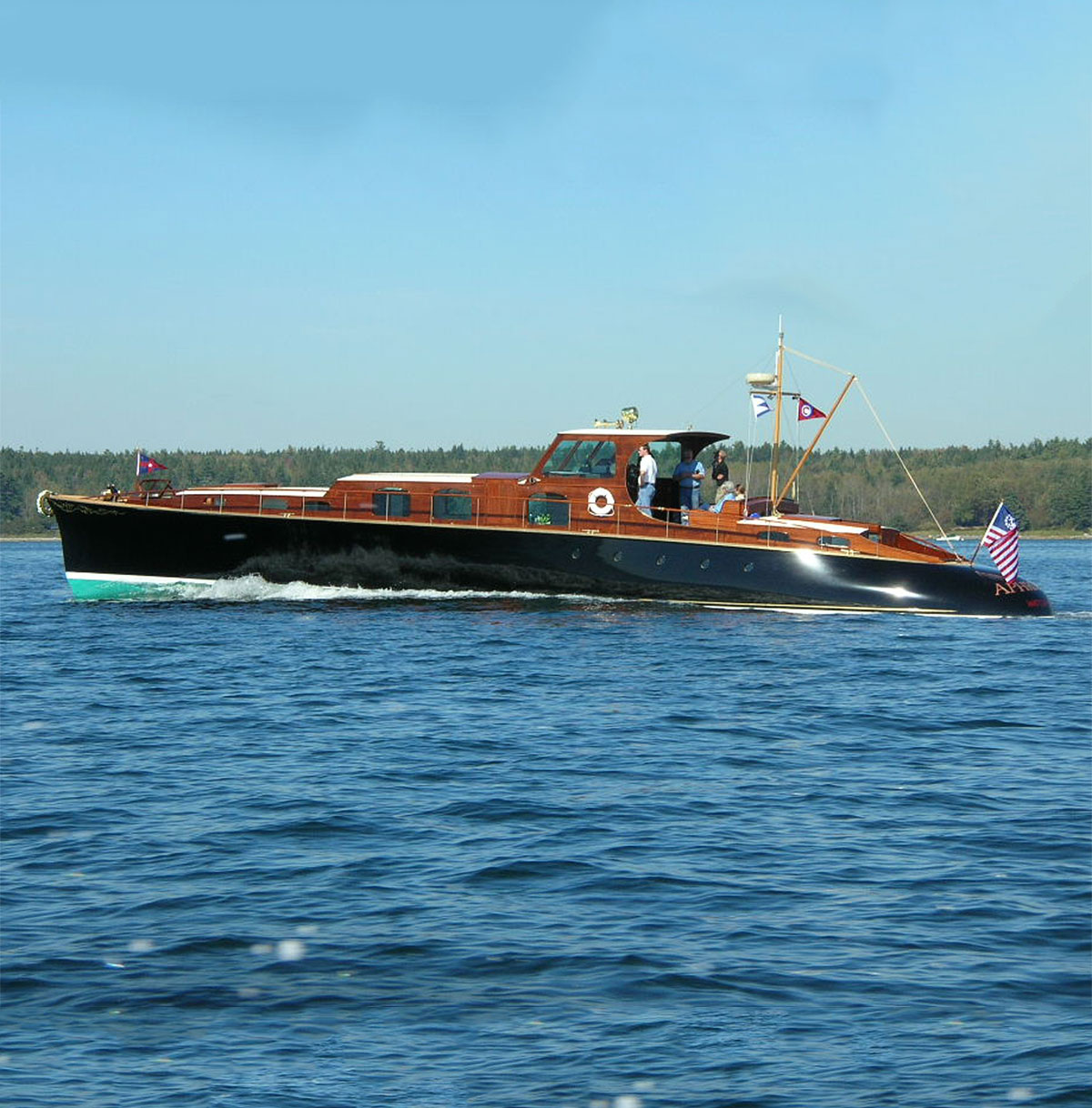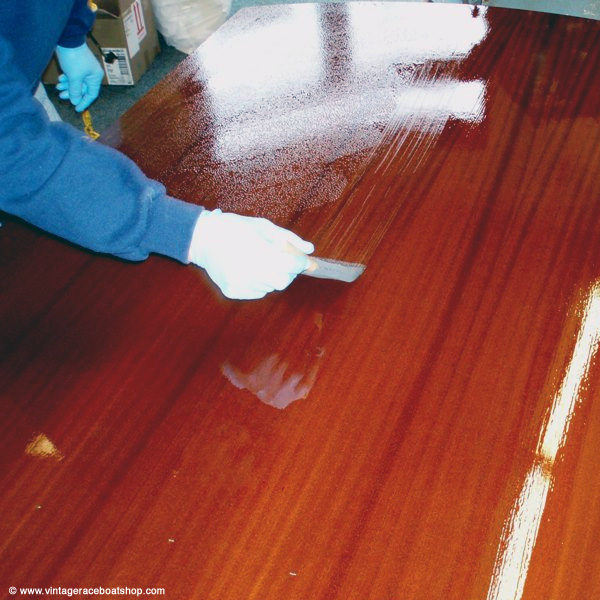Question of the Month: Should I Varnish My Boat in the Caribbean?
We love boats of all materials– okay, except MAYBE go easy on the ferro-cement. But we’ve drawn a lot of cool boats, boutique boats, and modern classics. Many have been built as custom one-offs in composite wood construction. We’re often tapped for our expertise in building fancy things out of different wood species.
And we recently had a reader and a customer pose a question we get a lot:
Can I keep my modern wooden boat in the Caribbean year-round? What challenges will I see?

To be honest, the brutal conditions of the sun and salt air of the sweeping island chain, between Venezuela and Florida, is a singularly challenging environment for any boat of any material, whether fiberglass, metal, or wood. Christopher Columbus didn’t lose 9 ships there for nothing. Older wooden ships were especially vulnerable to the heat, humidity and sun — not to mention the few hurricanes each year. Britain’s Admiral Nelson, the hero of Trafalgar in 1805, had already earned professional fame, but not by fighting the human enemy. Nelson rose to fame by building a shipyard to keep the British fleet in fighting shape in the brutal Caribbean.
Anybody ever had a rum punch at Nelson’s Dockyard, in English Harbor in Antigua? That’s why it’s there. It was the I-95 rest stop of its day that kept the flow of shipping traffic moving.
Modern Finishes Ease The Naval Sunburn
The Caribbean remains a climate challenge to boats, even in modern times. But modern materials make it much less worrisome. In the sun, salt and heat, a modern composite wood yacht will not suffer any more than a modern carbon or E-glass FRP boat. This is also true for comparable aluminum or steel boats, for that matter. Modern boats, including modern wood boats, are protected by modern finishes, which unlike Nelson’s navy, are made immune to the scourges of tropical climates like rot, material failure and moisture entry. Modern finishes and techniques encapsulate a hull built of metal, FRP, or composite wood to make the hull impervious to weather, moisture, and sun.
Keeping finish on a boat is essential for keeping the structure sound, whatever material it’s made of. In point, the base compounds and paint systems are complex for an aluminum yacht, but designed to work with specific metallurgy to provide durable long-lasting protection. As well, the saturated epoxy finish on the final surfaces of a composite wood or FRP boat also is an ideal substrate for modern paint systems, which deliver years of high-gloss, low-maintenance protection.
The List of the Sun’s Evils:

What are the environmental challenges? Let’s think back to the question, the wood composite boat, accept these as more an FRP yacht and not a plank on frame boat. These are built in sophisticated laminates of wood veneers often blended with other materials like carbon fiber and e-glass to create very light, elegant structures. This kind of construction is not anything like a vintage plank on frame build. Composite boats of FRP or wood laminates must be completely encapsulated by epoxies and resins to provide a sealed durable medium that prevents water intrusion. This is common practice for a quality build, as a routine part of the job. And metal boats face similar concerns, to avoid corrosion. For example, aluminum structure should be carefully protected from the corrosion pressure of galvanic action, where dissimilar metals are connected electrically by salt water. That chemistry is greatly accelerated by the warm, salty Caribbean air. In a poor quality aluminum hull, stainless bolts could simply fizz away, just like the old Alka-seltzer commercials. Steel has a simpler corrosion problem in just plain old rust. It’s not sexy, but the compromised boat will show deterioration in welds, or in plated structure buried in the bilge, especially where they can’t seen by inspection. Talk about sleepless nights: Aluminum or steel, these boats could sink from the same symptoms. But keep quality unbroken finish on the hull and deck, and all will be well.
The two primary challenges in any maintenance program to any boat are in maintaining the finish paints and varnish, as well as keeping all the yacht’s systems and mechanicals in good working order. Both challenges are unrelated to the choice of hull and deck materials. There are careful processes one must honor. Costs and headaches are similar for the hull out of wood, FRP, metal, or whatever.
It’s no secret the Caribbean climate can contribute to a ramped-up maintenance cycle.
Paint Ain’t No Mistake

The tropical sun quite simply eats varnish for breakfast. Here’s the secret to maintaining your brightwork: There is no secret. Either cover your varnish with canvas, an awning, or a roof. Or, make plans to re-coat things about two or three times a year at minimum. Varnish requires shorter cycles to keep fresh. If that’s a headache for you, you can hire that out. If that’s too expensive, then consider more paint in your style scheme. Paint reflects the damaging UV rays rather than absorbing them. So it lasts far longer, leaving you more time with the rum punch. A tastefully painted finish will keep your boat looking great, and your bills will remain smaller for the maintenance required in the Caribbean when compared to other types of finish — regardless of hull material.
If you must have varnished woods, most Caribbean ports have teams of very skilled varnishers who work at low rates compared to the US. Give us a ring and we can find you a great company skilled at keeping your boat looking good.
But honestly, we recommend living like Nelson and Columbus. They painted their boats, found fame without varnish. You could do that, too.